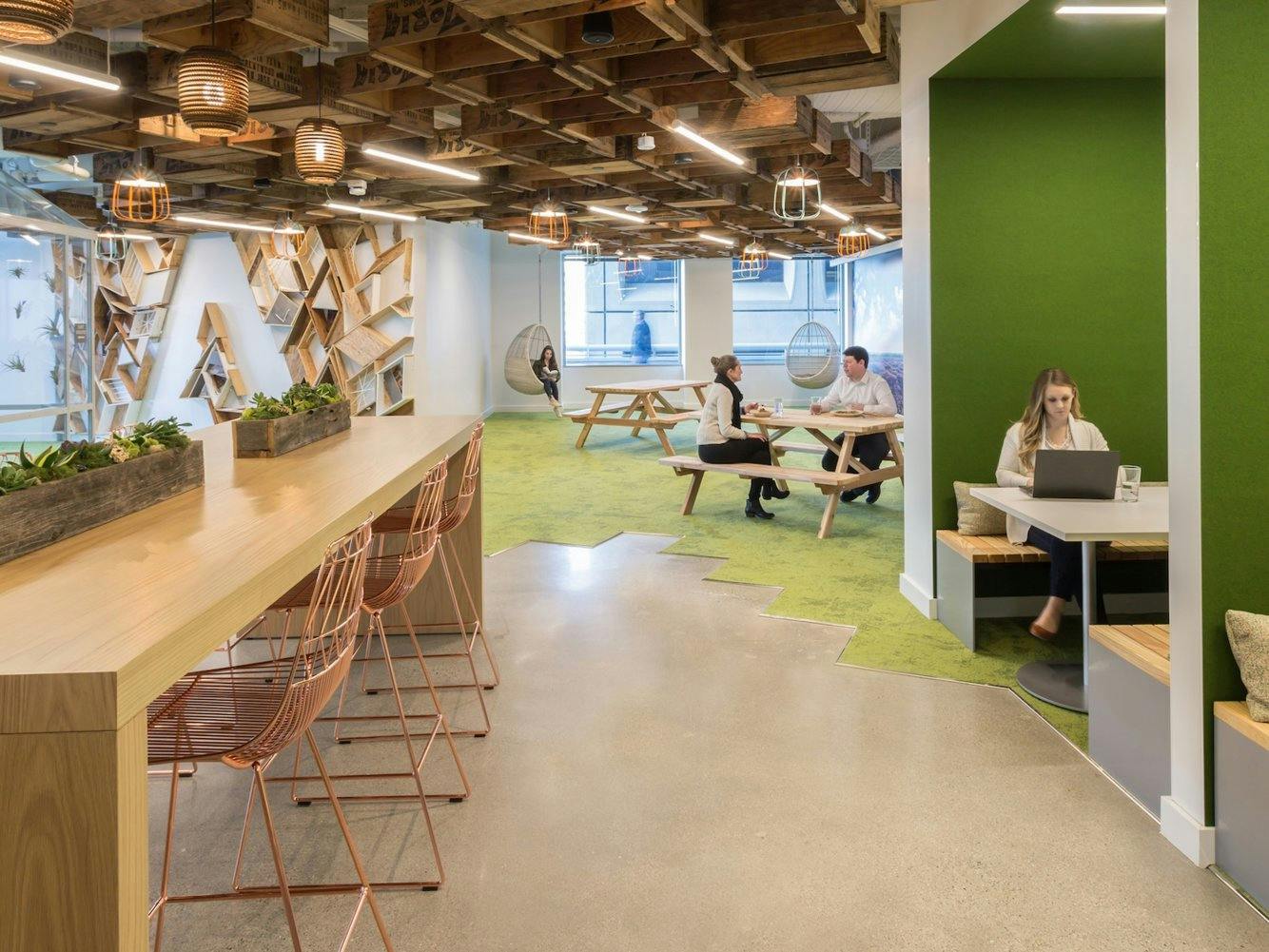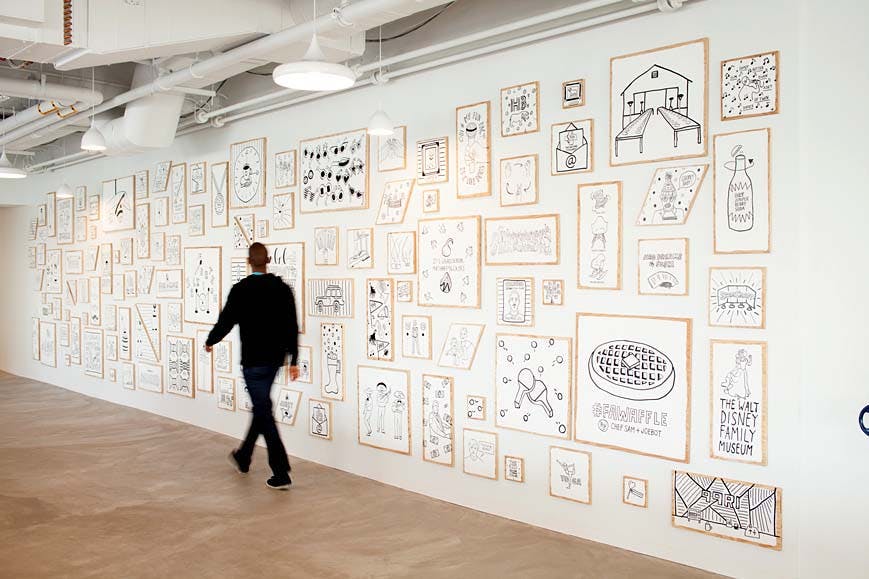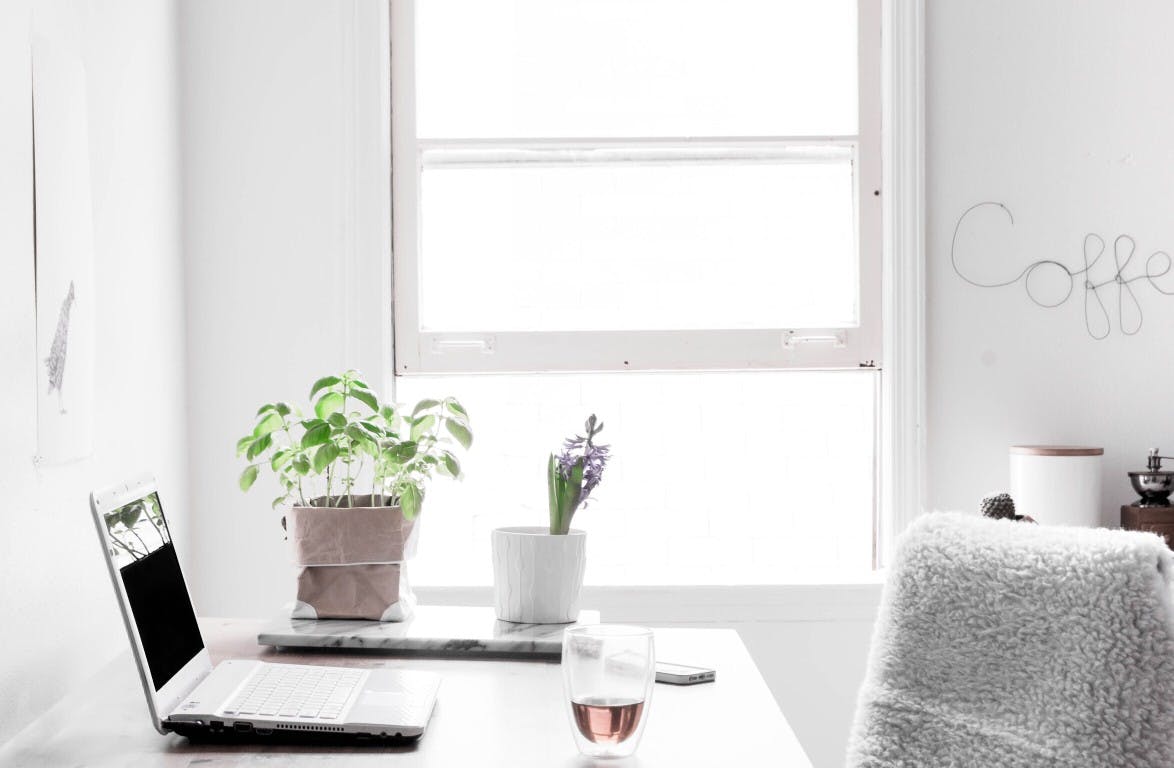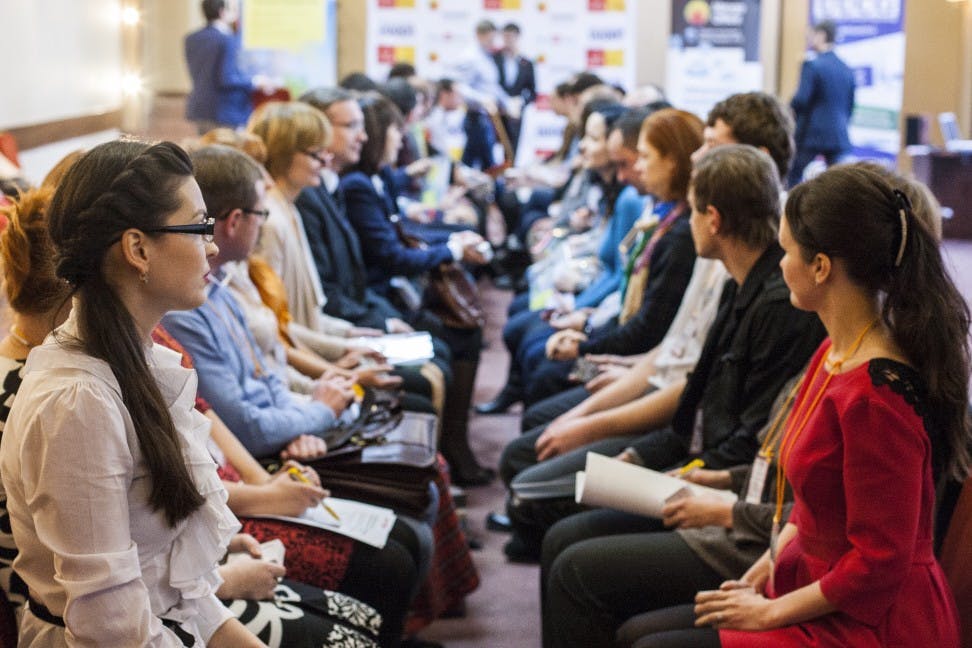5 Office Cleaning Tips From Marie Kondo

Best-selling author and Japanese organizational consultant, Marie Kondo, has become a household name. Almost anyone with a Netflix account (or borrowing a friend’s) has watched an episode of Tidying Up With Marie Kondo in hopes of learning a few tidbits of her decluttering wisdom.
Though Kondo’s tips are usually regarding the home, they can also be applied to the office. We all can make our work lives a little bit tidier, less chaotic, and generally more zen.
Take a look at these five office cleaning tips inspired by the one and only decluttering maestro Marie Kondo.
Visualize What Your Ideal Office Looks Like

Before you start tidying up, you should have a meeting with all of your colleagues in which you have an honest conversation about what your ideal office looks like. According to Kondo’s KonMari method, establishing an ideal goal is a critical first step towards attaining organization.
Although it might be tempting to start a Slack channel or email thread about this topic, it’s important for everyone to be emotionally and physically present. Kondo tells her clients that whether it’s their desk or their bedroom, these spaces are ultimately reflections of their lifestyle.
In the context of an office, that lifestyle is synonymous with workplace culture. Your office manager should open up the meeting with these questions:
- How can we as an office be less cluttered?
- Do you guys feel like things aren’t organized enough?
- What would your ideal office look like?
Assess Every Item Individually

After you have established your goals, you will be ready to tackle decluttering. Kondo encourages her clients to contemplate about whether or not an object is making them happy. If the object doesn’t “spark joy,” it’s off to the donation bin.
It’s pretty easy for a workplace to have an excess of stuff: employees come and go and leave their decorations, mementos, and supplies behind. Reassess every object as a group. Do you really need that all of those wall decorations? Is that Nespresso machine nobody uses necessary? This process should be visceral and intuitive.
Have Employees Declutter Their Desks

After tidying up common spaces, encourage employees to apply the same philosophy to their desks. This potentially could be the toughest part of tidying up.
Chances are that some employees have a plethora of mementos and miscellaneous stuff. But to truly tidy up, they will have to be open to giving things up.
Kondo recommends that when it comes to desks, people should organize their items into these categories:
- Paper
- Books
- Mementos
She tells clients to ask whether each item not only “sparks joy” but also helps them do their job better. We are living in a transitional period where though most of our work is done on the computer, too many of us still are bound to archaic supplies. This is a perfect opportunity to ask yourself whether you actually need all of those paper clips, staples, notebooks, and pens.
But when it comes to books and mementos, things can get a little bit trickier. Nobody wants to throw away a photo of someone they love. However, there’s an aesthetic difference between having a curated group of photos and a chaotic collage. Select a few pictures that you would like to keep and bring the rest home or compile them into a book.
It will be difficult to institute an objective standard of tidiness. We recommend that you make it a group activity in which it is up to every employee to obtain their own standard of tidiness.
Thank Items That You’re Throwing Away And Donate

One of the reasons why Kondo’s teachings are so popular is because she offers a calm, measured approach to throwing away things that are no longer useful. Part of her approach involves thanking items for all they have done for you before parting with them forever.
This might seem a little silly but it could actually have a profound impact. Have your employees thank that couch, old printer, water-cooler, or soda fountain for all of the memories. You could even make it a group activity by having everyone write a haiku or goodbye letter.
There’s undoubtedly a rush to embracing an out with the old, in with the new attitude. But there’s an environmentally and socially conscious way to do it — don’t just toss furniture into the street. You should research if any local homeless shelters, philanthropic organizations, or hospitals are seeking donations.
If you’re having trouble finding an organization to take all the items that don’t “spark joy,” look into selling them online and then donating that money to charity. Here are a few organizations that accept furniture:
- The Salvation Army
- Vietnam Veterans of America
- The National Furniture Bank Association
- Habitat For Humanity
- Big Brothers Big Sisters of America
Simplify Your Tech

Since our workplaces are becoming more digital, Kondo’s teachings should also be applied to our relationship with our technology. Too many companies have an excessive amount of platforms, softwares, and tools. It’s time to declutter our digital spaces as well.
As a company, you should look at each tool you’re using and ask whether or not it “sparks joy.” Do you really need multiple instant messaging platforms? Is it possible to condense and streamline all event planning into one service?
With Eden, you can have one platform for all of your workplaces needs: IT, cleaning, snacks, handyman services, and more. Instead of having an excessive amount of tools, you will have one office management platform that “sparks joy.”
At the end of the day, Marie Kondo’s teachings should be treated as a roadmap and not an objective solution. But as long as your workplace is honest about their unique needs, tidying up will be more than possible!
.png)

.png)




